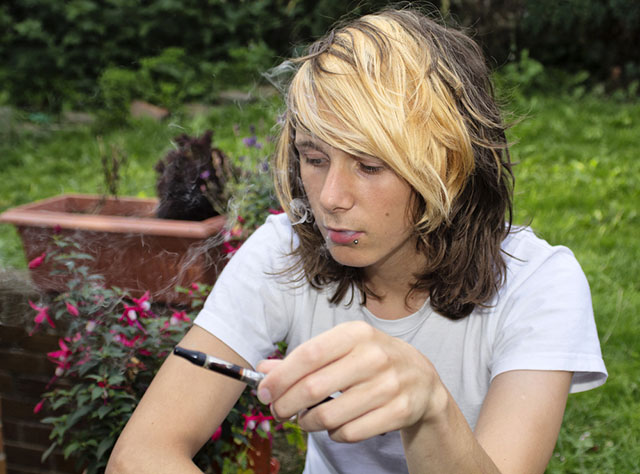
Are EU Kidding Me?
Whenever there’s some “new research” being touted in the media-news-space, I often find myself switching automatically into newspeak as 99 times out of 100, what is written on these online media places has little or no bearing on what is being said. (hint look up doublethink). Tracking down the cited paper was pretty darn easy (for once) and it is currently open access - which is rare considering that it was published in the journal Tobacco Control - you know, the subsidiary of the BMJ variant.







